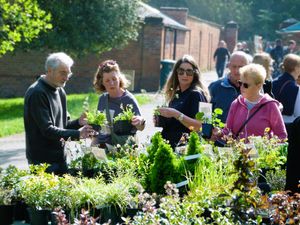Family of beavers move into Wyre Forest in fight to restore species
Forestry England has released a family of beavers into an enclosure in the Wyre Forest.
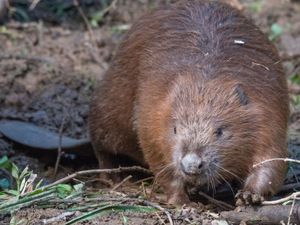
It comes as part of their commitment to bring the species back to the nation’s forests.
Following successful reintroductions in the Forest of Dean and Yorkshire, Forestry England has teamed up with Natural England and experts at the Beaver Trust, to bring beavers to Wyre Forest.
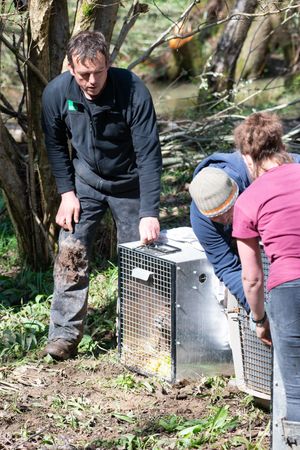
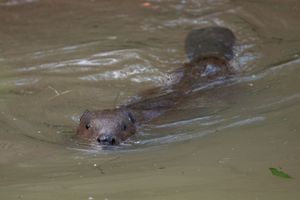
Two adults and four kits were moved from Scotland into a big, five-hectare enclosure in the heart of the forest. The beavers are being enclosed to encourage them to establish a home in the location selected for them.
Beavers play an important role in wetland ecology.
Few other animals, aside from humans, can modify and shape the natural environment as much as a beaver can.
When beavers fell trees to create their dams, they create pools and wetlands which provide rich and diverse habitats for many other species of wildlife.
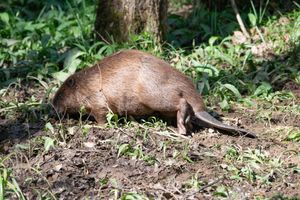

Felling trees allows more light to reach the water, which has been shown to increase breeding in amphibians and water-based insects.
Deadwood also provides a valuable habitat for fungi and insects. This then provides a food source for bats and other mammals, fish and birds.
Their dams can also help to reduce flooding as these natural pools hold larger volumes of water and they are not watertight so slowly release water reducing the flow downstream.
Beavers were once widespread throughout Britain, but were hunted to near-extinction by the 16th Century.
Today, beavers are a protected species and successful reintroductions are taking place across the country.
Wyre is the largest native woodland National Nature Reserve in England and so is already a special place for wildlife. The variety of habitats, including the Dowles Brook which runs through the middle of the forest, make it a perfect spot for beavers.
Sam Pegler, senior ecologist for Forestry England said: “In the face of a global climate and ecological crisis, we’re committed to supporting wildlife across the nation’s forests, and reintroducing lost species wherever we can. This is an exciting moment for us in Wyre Forest. We look forward to seeing the benefits our new beaver family can bring to the natural environment, as we continue our work of recovering and restoring vital ecosystems.”
Tom Simpson, senior reserve manager for Natural England added: “We’re pleased to be working in partnership with Forestry England on this project. We will be monitoring the beaver family closely to see how they settle into their new home. We look forward to seeing how they start to change the landscape, and the ways in which they will interact with the other special species that call Wyre Forest home.”
Dr Roisin Campbell-Palmer, head of restoration for Beaver Trust, said: “It's good to see Forestry England expanding their beaver sites, with over a decade of collective beaver site experience from the Yorkshire and the Forest of Dean enclosures, and we're delighted to release this close-knit beaver family here today.
The Severn catchment possesses several historic place names relating to former beaver presence such as Bevere Island and Barbourne in Worcester.
Recent government news from projects such as Pickering and Spain's Hall Estate highlight that beavers can act as an effective natural flood management tool, reducing flooding for communities downstream. So, it's a welcome step forward for beaver restoration and landscape resilience and we look forward to seeing the changes this family bring about in the Wyre Forest.”
Find out more about the Wyre beaver project here - https://www.forestryengland.uk/wyre-forest/beavers-wyre-forest




